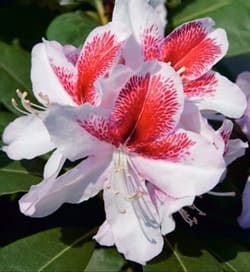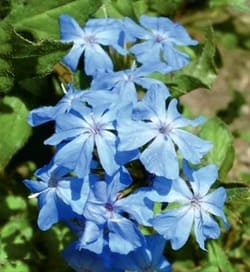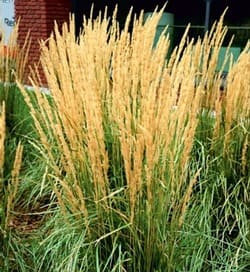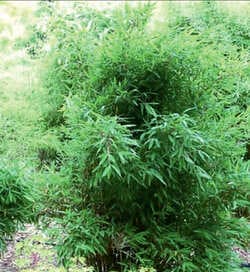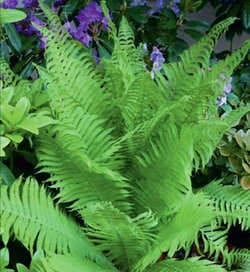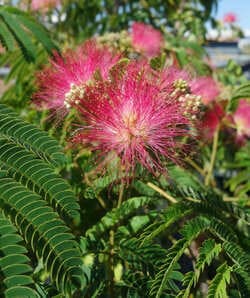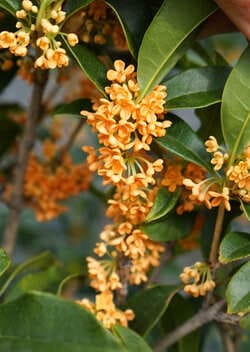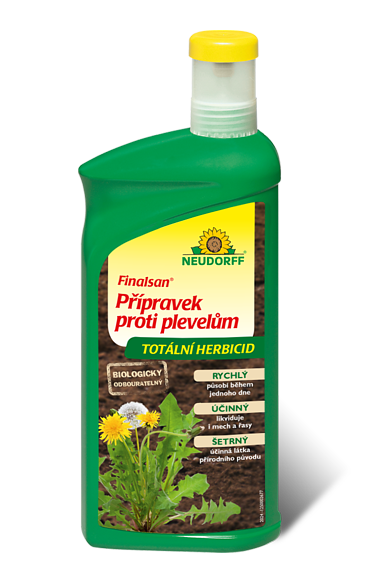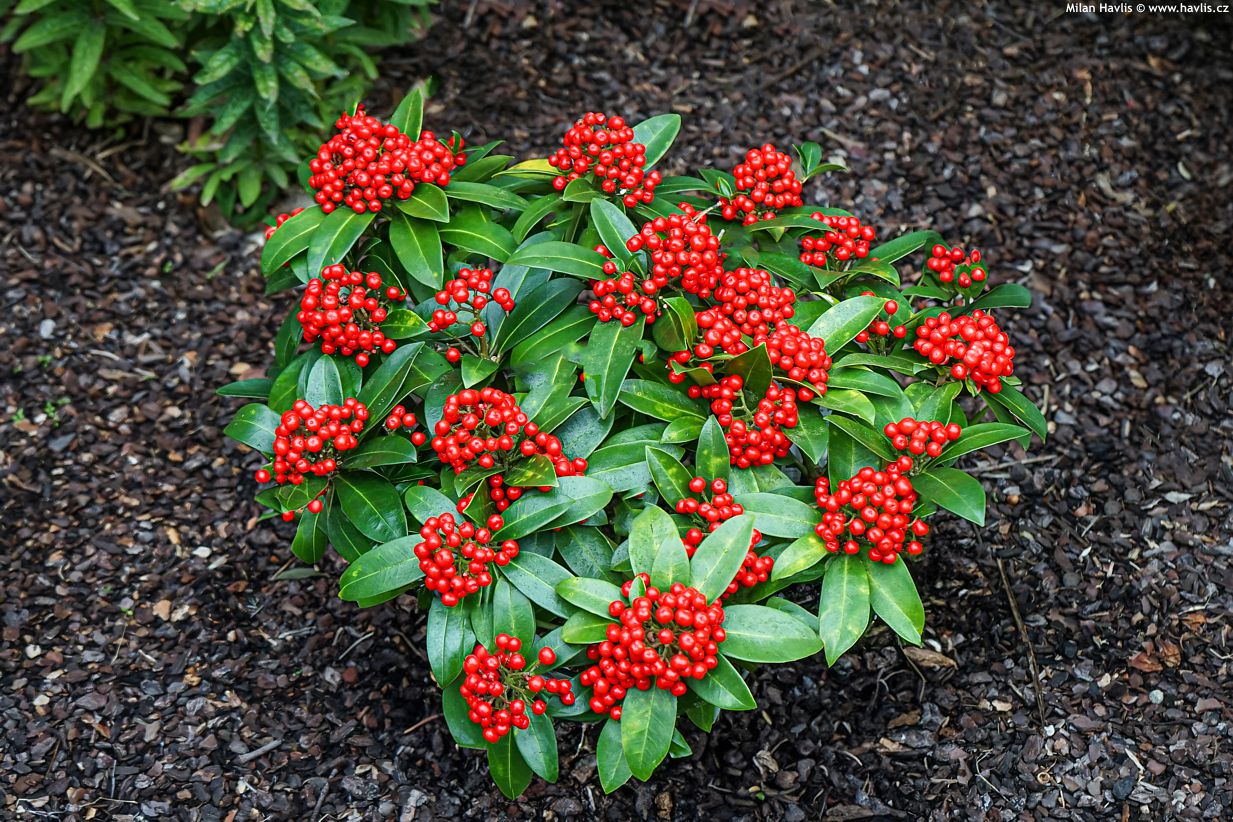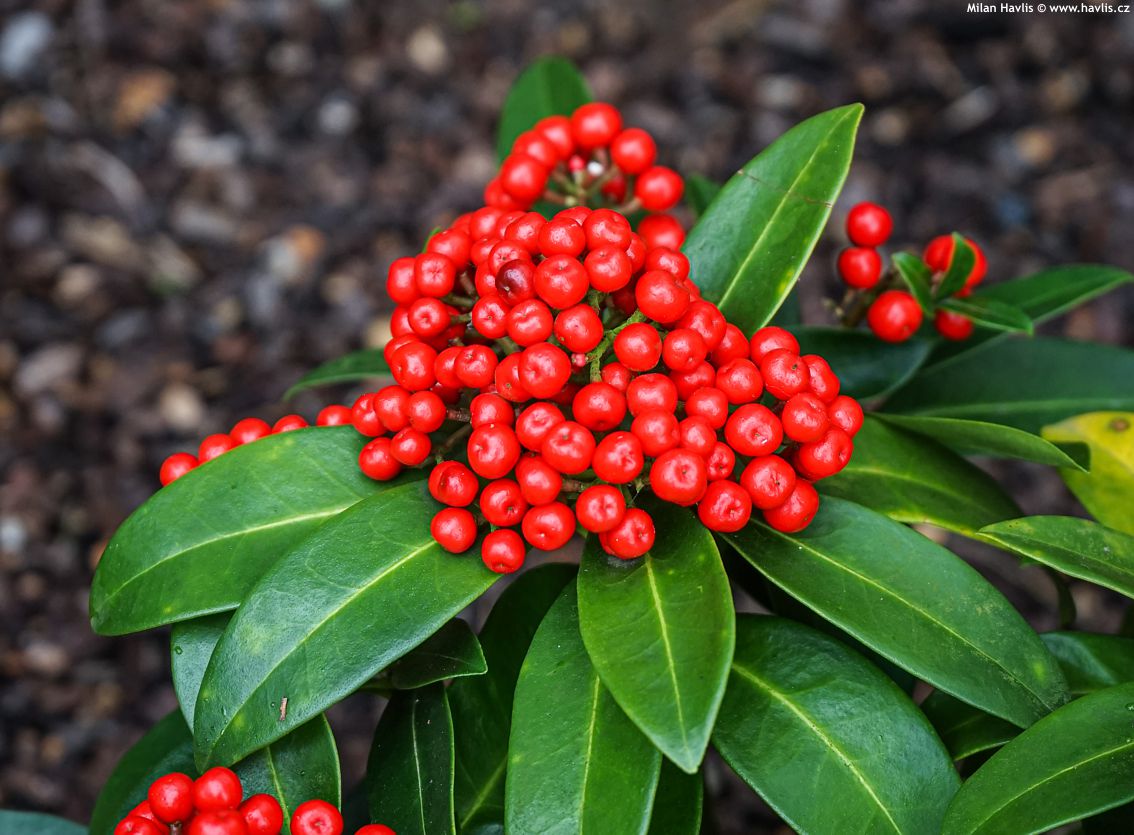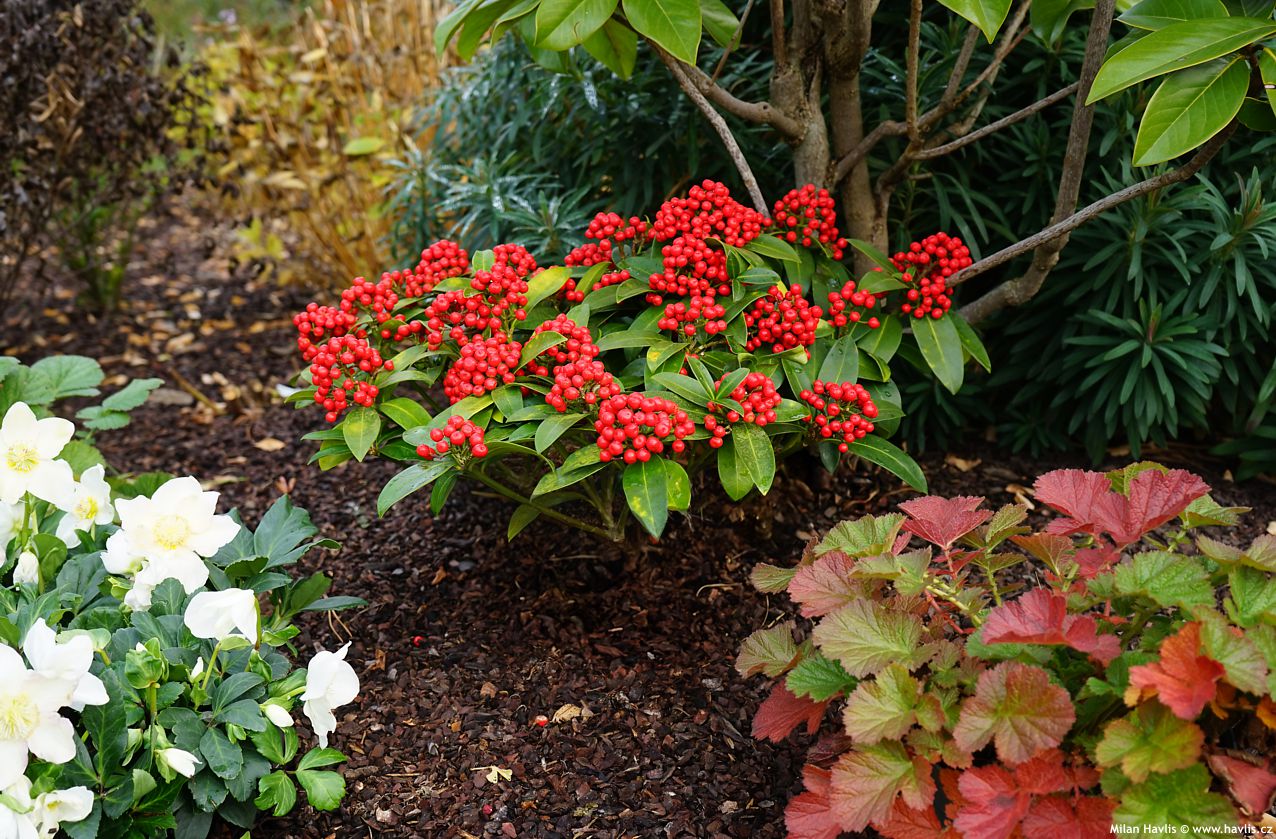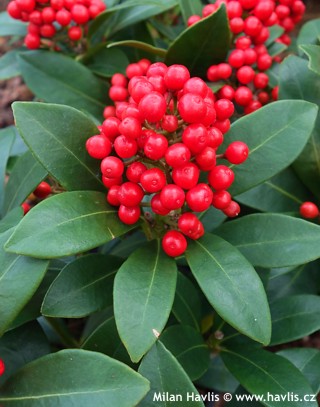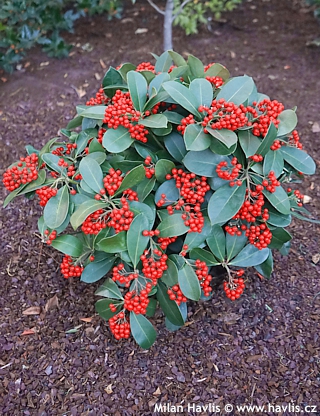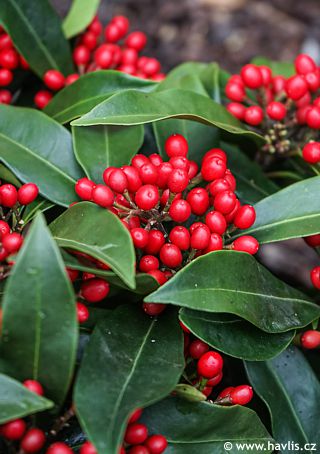Skimmia japonica 'RED STAR' Japanese skimmia - female
Skimmia
Skimmia is a small, evergreen shrub whose natural habitat was long believed to be only in Japan, but it was also found growing in China and other parts of SE Asia. After the year 2000 there have been a number of new varieties which are still being tested for stability of their featured characteristics. The aim is to select plants distinctly different from the species. They are usually split by sex: profusely flowering male plants, and attractive fruit producing female plants. Varieties also differ from one another by habit, and lately also leaf colour, respectively its variegation. Worth mentioning are also current biochemical studies of furanocoumarins, organic compounds produced by a variety of plants including skimmia, believed to assist in fighting cancer.
Red Star is a Dutch cultivar of Japanese skimmia, bred by Marcus J.C. van Eijk, who comes from the same nursery family as T.C. van Eijk, the nursery that also develops skimmias and boasts the sensational variegated cultivar Perosa from 2017. Red Star is protected by European patent No. 60495 from 2022.
Red Star is a small, evergreen shrub with dark green, oval, slightly glossy leaves. In early spring, sometimes as early as late winter if the weather is nice and warm, it blooms with small panicles of fragrant flowers. When pollinated by a male cultivar, these flowers develop into a rich bounty of bright red and glossy fruits in the autumn. These fruits mature at about the same time the shrub begins forming buds for the next spring. Red Star grows slowly and densely into a mounding shrub, reaching about 60 cm in height and around one meter in width when fully mature.
Nowadays in garden centres you can often find beautiful plants with berries all over the plant without any branches above them blocking the view. It is not natural, though. Those “blocking branches” were removed by the producers in nurseries who wanted to enhance the display of fruit. But those branches would have carried flower buds to produce berries again the following year, so don’t be surprised not to arrive in flowers or berries in the coming year but the year after.
Planting skimmia well is the key success to its future performance. This beauty needs perfect soil to look well, no exaggerations, believe me. It has to be always moist but extremely well-drained, acidic (add peat), light (add leaf mould), and most of all humus-rich. The best location is dappled shade or even deep shade (shady back of your house or under thick canopies of tall trees). When leaves turn pale or even yellow the plant suffers from too much sun or water, or too little nutrients in the soil.
Skimmia is tolerant of atmospheric pollution which makes it an ideal choice for urban landscapes. Being suitable for all-year-round cultivation in outdoor pots it is widely used by trendy restaurants and cafes as a decoration of their outdoor seating areas where thanks to its compact habit it does not take up space. Just avoid sunny locations. Pruning is not recommended. The whole plant is poisonous. It is hardy to about -25 °C (USDA zone 5b-6). Owing slow growth it seldom requires pruning but can be trimmed and shaped right after flowering in spring.
Last update 18-11-2024












